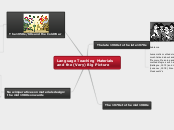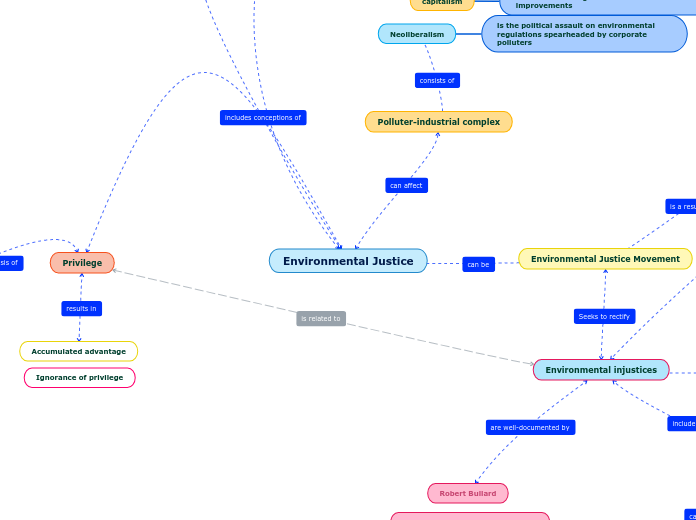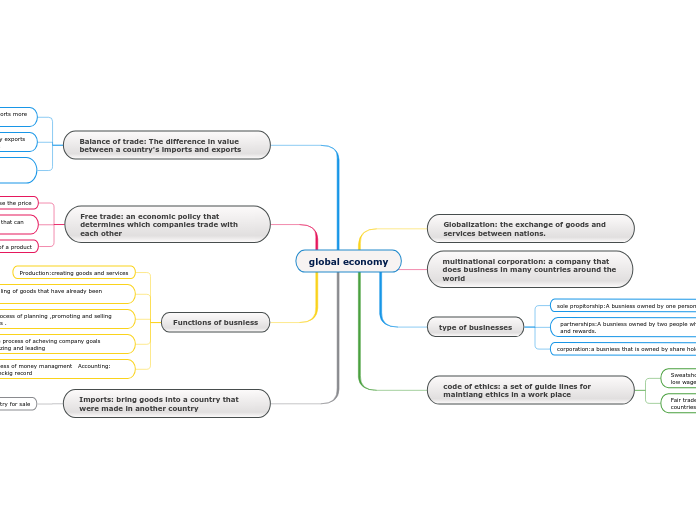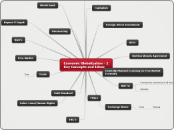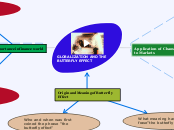por DANIEL SORIANO 10 anos atrás
419
Language Teaching Materials and the (Very) Big Picture
The evolution of language teaching materials reflects broader socio-economic and political contexts. During the 1950s and 60s, the Cold War significantly influenced educational priorities.
